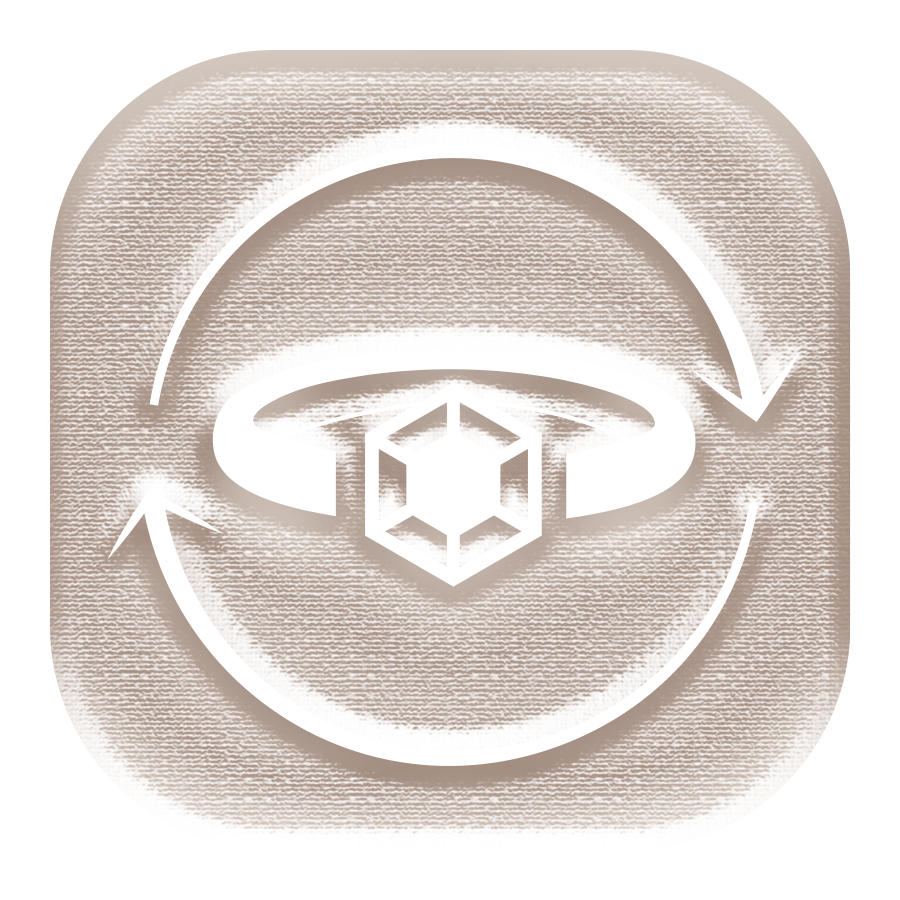Use In-Stock Toggle for Ready to Ship Designs
EU Shipping includes taxes and duties
Click & Collect Available in London
Use In-Stock Toggle for Ready to Ship Designs
EU Shipping includes taxes and duties
Click & Collect Available in London
SHOP
Our World
Rachel Entwistle Store
5a Club Row
Shoreditch
London
E1 6JX
UK +44 (0)203 6690211
Opening Hours:
Monday-Saturday 11am - 6pm
Sunday 11am - 5pm

OUR WORLD

CRAFTSMANSHIP

DESIGN WITH MEANING

OUR STORE
Rachel Entwistle Store
5a Club Row
Shoreditch
London
E1 6JX
UK +44 (0)203 6690211
Opening Hours:
Monday-Saturday 11am - 6pm
Sunday 11am - 5pm
Summer Solstice

The solstice is the longest day of the year and marks the beginning of astronomical summer. Its name comes from the Latin word "solstitium", meaning sun standing still.
The first rituals celebrating solstice were fire ceremonies to keep the darkness away. Stonehenge is a pagan celebration place that aligns perfectly with the solstices. The rising sun only reaches the middle of the stones one day of the year when it shines on the central altar.
Built in three phases between 3,000 and 1,600 BC Stonehenge's exact purpose is still unknown. It is believed that the basis of the monument was a spiritual burial site for an ancient civilisation, and this group of people were in tune with the cosmos at a very deep level. It is a temple and a place of worship.
Some say it is an astrological computer for predicting eclipses and solar events others - a place where our ancestors were worshipping gods and a place of healing. Either way, the sculpture stands until this day as a marker for the midsummer sunrise solstitial axis.
The first rituals celebrating solstice were fire ceremonies to keep the darkness away. Stonehenge is a pagan celebration place that aligns perfectly with the solstices. The rising sun only reaches the middle of the stones one day of the year when it shines on the central altar.
Built in three phases between 3,000 and 1,600 BC Stonehenge's exact purpose is still unknown. It is believed that the basis of the monument was a spiritual burial site for an ancient civilisation, and this group of people were in tune with the cosmos at a very deep level. It is a temple and a place of worship.
Some say it is an astrological computer for predicting eclipses and solar events others - a place where our ancestors were worshipping gods and a place of healing. Either way, the sculpture stands until this day as a marker for the midsummer sunrise solstitial axis.

Sustainably Made
Handcrafted from certified 100% recycled gold and silver.

Worldwide Delivery
Free UK shipping over £100. Free Worldwide over £200.

Pay in Instalments
Split your purchases into easy instalments with Klarna, stress-free.
JOIN OUR JOURNEY
Get early access to launches, special discounts, and explore the stories behind Rachel Entwistle designs.














